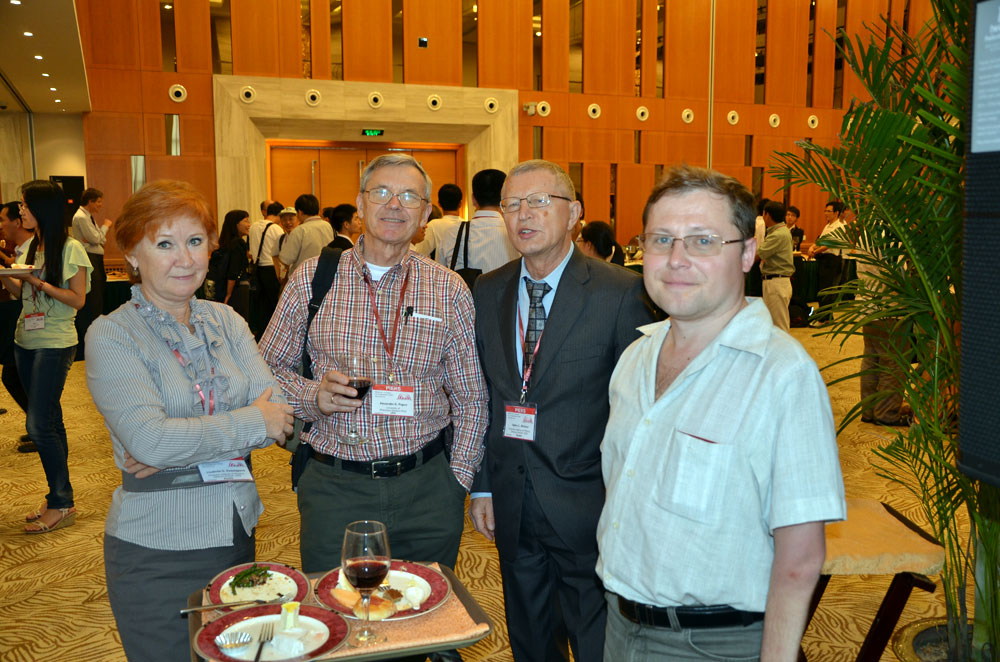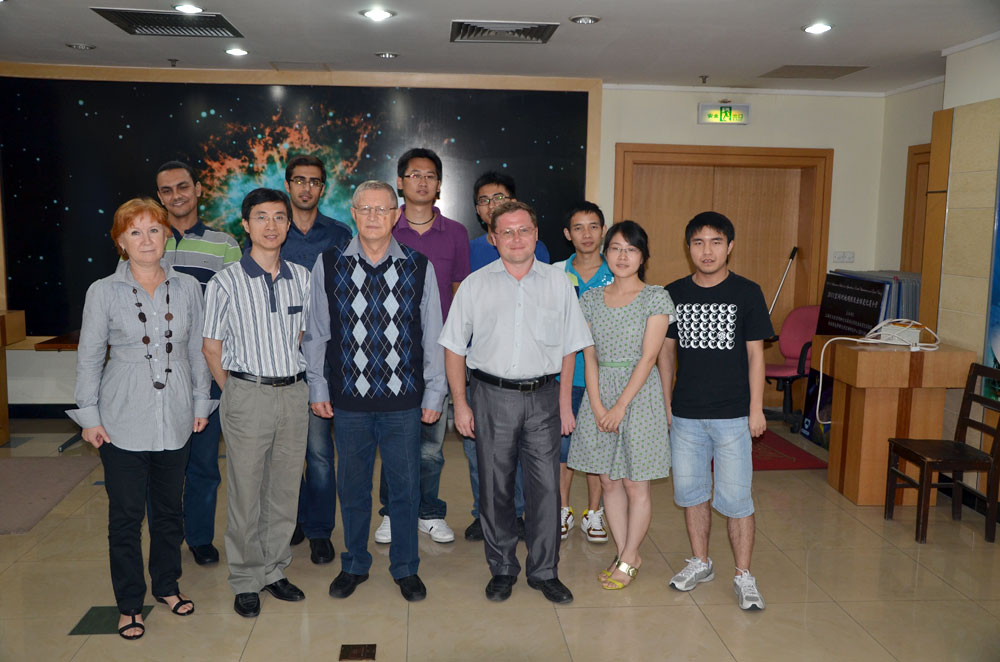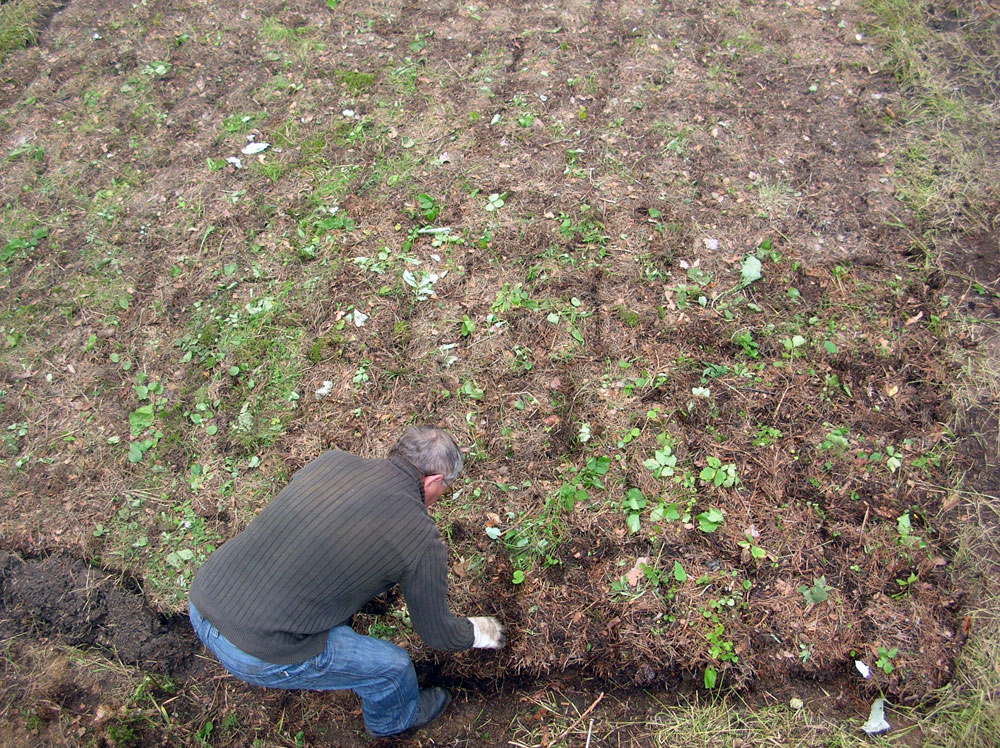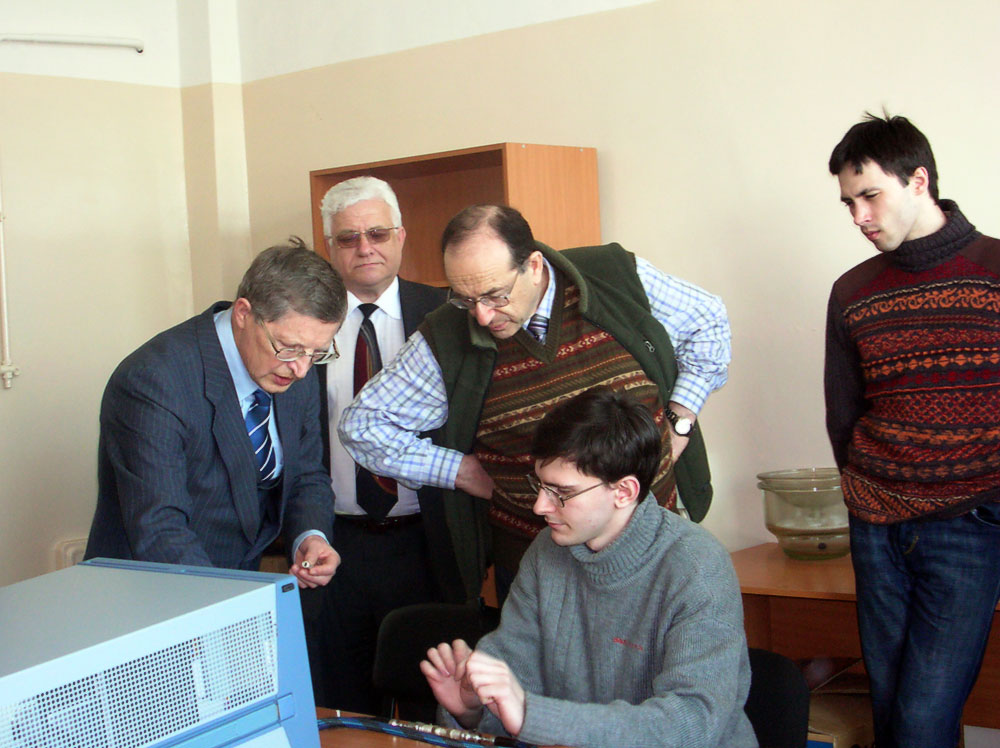Laboratory of Radiophysics of the Earth Remote Sensing
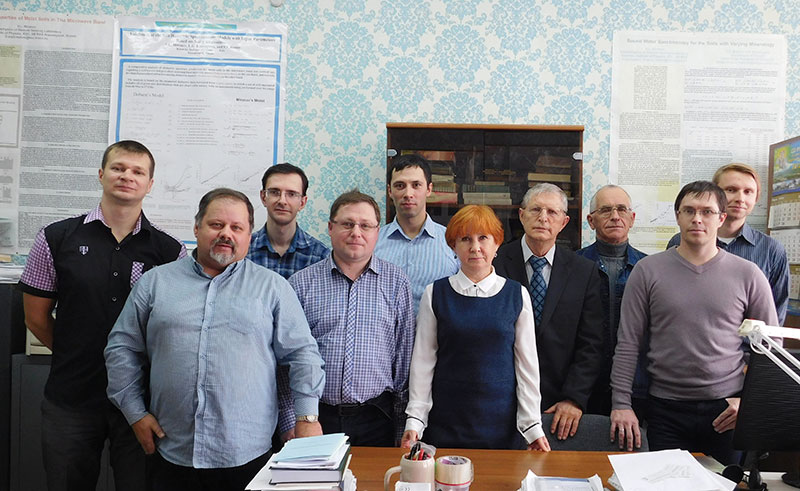
Staff of Laboratory of Radiophysics of the Earth Remote Sensing
Laboratory Staff
Selected Publications
Research Focus
- Spectroscopic dielectric models of thawed and frozen soils and grounds and fluid-saturated rocks in the radio-frequency range.
- Methods and algorithms for radio- frequency remote sensing of the soil cover with the use of radiometers, radars, and pulse reflectometers.
- Radio- frequency methods and algorithms for oil-and-gas borehole logging.
Advanced developments
- Our research team developed a fundamentally new method for rf dielectric spectroscopy investigations of soil and underground water interacting with the solid-state surface. For the first time, we not only identified separate phases of water contained in soils and grounds but measured relative content and complex permittivity frequency spectra of each phase. Based on the proposed method, we built physical models for calculating complex permittivities of soils, grounds, and oil-saturated rocks as functions of water content, electromagnetic field frequency, temperature, and organomineral composition. Our dielectric models characterized by minimum error are applied in algorithms of the European Soil Moisture and Ocean Salinity Satellite (SMOS).
- Having investigated phase transitions in frozen soils, grounds, and rocks, we proved that merely a minor part and not all unfrozen water, as was commonly agreed, in a frozen soil transfers to the ice state with decreasing temperature. In reality, unfrozen water undergoes significant phase transformations and the interphase mass transfer between its separate components. These results gave us grounds for constructing quantitative models of phase transitions of water in soils and grounds and spectroscopic dielectric models of frozen soils and grounds.
- Using the dielectric models of thawed and frozen soils, grounds, and rocks, we developed and patented original methods and algorithms for rf sensing of the soil cover.
- We theoretically and experimentally studied propagation, radiation, and scattering of ultra-broadband electromagnetic pulses in oil-saturated media with the frequency dispersion of permittivity in order to lay the radiophysical foundation of wave sensing of the layered structure of an oil-and-gas-reservoir rock. We proposed the method for determination of the distance to the oil-water contact by measuring the delay and spectra of reflected pilot pulses. We estimated the limit range of sensing the oil-water contact.
Investigation techniques
- Dielectric spectroscopy of moist soils and grounds
- Mathematical data processing
- Construction of physically grounded mathematical models
Equipment
- Dielcometric complex based on a ZVK vector network analyzer with coaxial measuring cells (Rode & Schvartz), frequency range from 10 MHz to 40 GHz;
- ESPEC SU-241 temperature chamber, temperature range from --40 to +150 ˚C;
- 4294A impedance analyzer (Agilent Technologies), frequency range from 40 Hz to 110 MHz;
- MIRK radiometric complex;
- TMR8120M ultra-broadband stroboscopic digital oscilloscope;
- RG 4-14 high-frequency sub-nanosecond electromagnetic pulse generator;
- Precision LCR 819 meter (resistance and conductivity);
- Ohaus DY215CD analytical balance;
- Olympus SZ51 stereomicroscope.
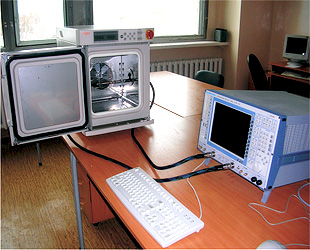 |
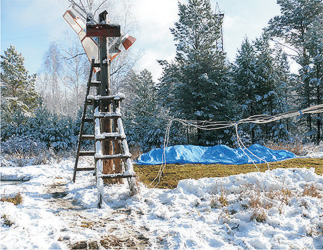 |
| Fig. 1. Dielcometric complex | Fig. 2. Radiometric complex |

